How many generations of computers are there?
Computer generations are defined by major technological advancements, such as the transition from vacuum tubes to transistors. This classification helps us understand the evolution of computing technology over time. As of 2025, there are five generations of computers.
Review each of the generations below for more information and examples of computers and technology that belong to each generation.
First generation (1940 - 1956)

The first generation of computers used vacuum tubes as a major piece of technology. Vacuum tubes were widely used in computers from 1940 through 1956. Due to the large size of vacuum tubes, first-generation computers were massive, often occupying entire rooms.
The ENIAC (Electronic Numerical Integrator and Computer) is a great example of a first-generation computer. It consisted of nearly 20,000 vacuum tubes, 10,000 capacitors, and 70,000 resistors. It weighed over 30 tons and took up a lot of space, requiring a large room. Examples of first-generation computers include the EDSAC (Electronic Delay Storage Automatic Calculator), IBM 701, and Manchester Mark 1.
Second generation (1956 - 1963)
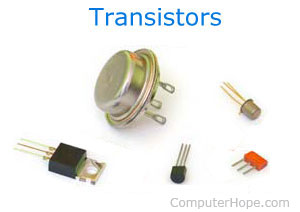
The second generation of computers used transistors instead of vacuum tubes. Transistors were widely used in computers from 1956 to 1963. Transistors were smaller, more efficient, and cost-effective, enabling faster and more compact computers to be developed.
The TX-0, introduced in 1956, was the first computer to use transistors. Other computers that used transistors include the IBM 7070, Philco Transac S-1000, and RCA 501.
Third generation (1964 - 1971)
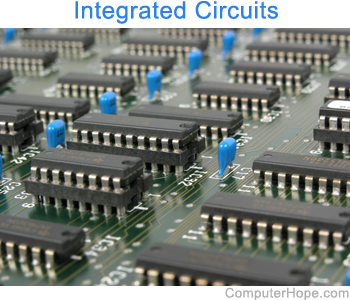
The third generation of computers introduced the IC (Integrated Circuit). Using ICs in computers helped reduce the size of computers even more than second-generation computers and made them faster.
Nearly all computers since the mid to late 1960s have utilized ICs. Although the third generation spanned from 1964 to 1971, ICs are still used in computers today. Even today, contemporary computers trace their foundations back to this generation.
Fourth generation (1971 - 2010)
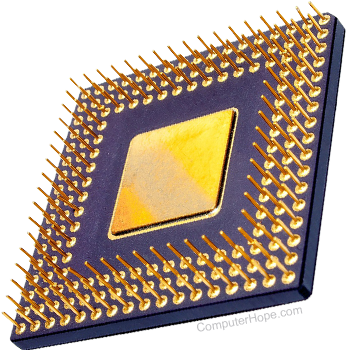
The fourth generation of computers took advantage of the invention of the microprocessor, commonly known as a CPU (Central Processing Unit). Microprocessors, with integrated circuits, helped make it possible for computers to fit easily on a desk and for the introduction of the laptop.
Early computers that used microprocessors included the Altair 8800, IBM 5100, and Micral. Today's computers still use a microprocessor, despite the fourth generation being considered to have ended in 2010.
Fifth generation (2010 to present)
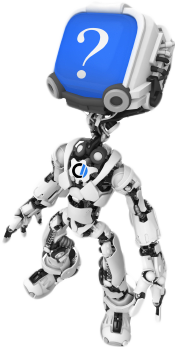
The fifth generation of computers began in 2010 and continues to evolve as new technologies like AI (Artificial Intelligence) are used. Significant advancements have been made in AI technology, yet there remains vast potential for future development.
One of the more well-known examples of AI in computers is IBM's Watson, which famously competed on the TV show Jeopardy!. Other more recent examples include ChatGPT and the introduction of AI PCs and NPUs (Neural Processing Units).
Sixth generation (future generations)
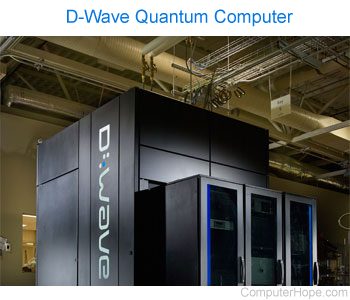
As of 2025, most still consider us to be in the fifth generation as AI continues to develop. One possible contender for a future sixth generation is the quantum computer, such as Google's Willow processor introduced in 2024. However, quantum computing remains in its early stages and is not yet adopted.
Some people also consider nanotechnology to be part of the sixth generation. Like quantum computing, nanotechnology is still in its infancy and requires more development before becoming widely used. Potential biocomputing and neuromorphic computing breakthroughs could also lead to the next generation.
With a new generation of computers, how we interact with them may also change. Future generations of computers may use new ways of interaction such as voice commands, AR (Augmented Reality), VR (Virtual Reality), or MR (Mixed Reality).
Other generation-related questions
When will the next generation happen?
Unknown. It's impossible to predict when the next generation will happen. The average number of years with all prior generations is 17.25, which means statistically, we may see the next computer generation around 2027.
What generation are laptops?
Laptops, netbooks, and other portable computers all began in the fourth generation, as the CPU, transistors, and other ICs allowed computers to become smaller. Today, all portable computing devices, including smartphones and laptops, are in the same generation as all other computers (fifth generation).
Are there exact dates for each generation?
Generations happen over years and don't have exact start and end dates. However, you can find when certain technologies were developed by following the links. For example, following the link to IC gives you further information about that technology, including the date it was invented.
Who invented each computer generation?
Each computer generation has many inventors since each generation also has many new technology advancements.
